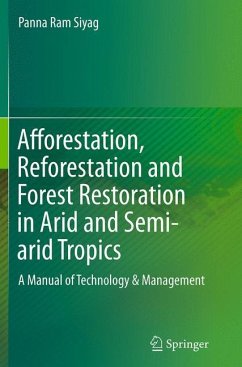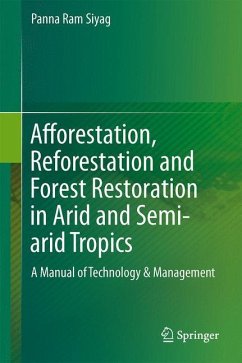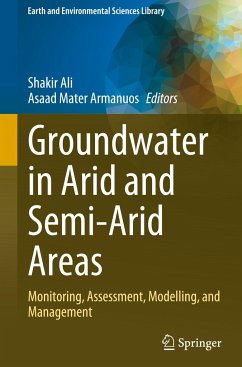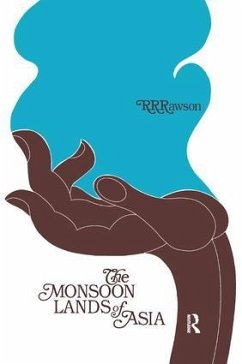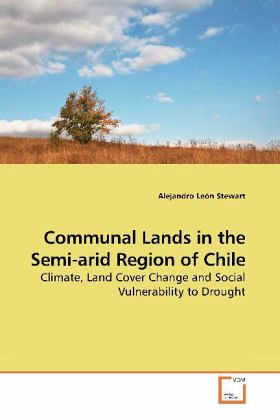
Communal Lands in the Semi-arid Region of Chile
Climate, Land Cover Change and Social Vulnerability to Drought
Versandkostenfrei!
Versandfertig in 6-10 Tagen
32,99 €
inkl. MwSt.

PAYBACK Punkte
16 °P sammeln!
In the drylands of northern Chile land was utilized as a source of minerals, meat, wheat, and timber since the colonial period. These extractive processes caused the destruction of most of the natural vegetation. Impacts of past use have persisted until today, partly because of multi-year dry spells. Landsat satellite imagery shows that vegetation response increases marginally during rainy years, mainly explained by the planting of rainfed wheat, while natural vegetation responds weakly on both private and communal lands. In the agricultural communes families are poor or indigent. Three commun...
In the drylands of northern Chile land was utilized as a source of minerals, meat, wheat, and timber since the colonial period. These extractive processes caused the destruction of most of the natural vegetation. Impacts of past use have persisted until today, partly because of multi-year dry spells. Landsat satellite imagery shows that vegetation response increases marginally during rainy years, mainly explained by the planting of rainfed wheat, while natural vegetation responds weakly on both private and communal lands. In the agricultural communes families are poor or indigent. Three communes were surveyed, and a vulnerability index was constructed. Findings show that access to productive resources is a key determinant of differential vulnerability: inequitable distribution of land, agricultural credit, water, greenhouses, irrigation technology, chemicals, or improved seed. The most vulnerable families depend on off-farm employment provided by private agriculture. Governmentalresponse is reactive based on emergency relief, and there is no drought planning, nor consideration of differential levels of vulnerability.





